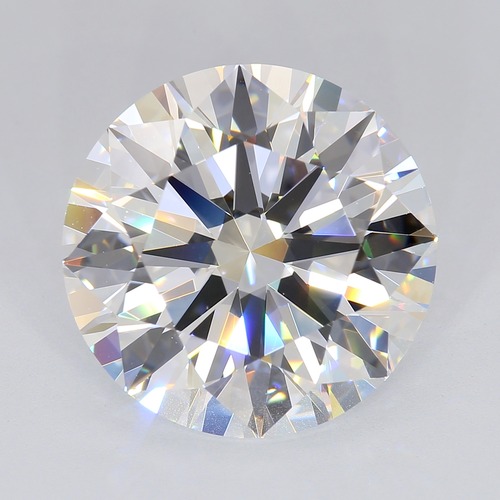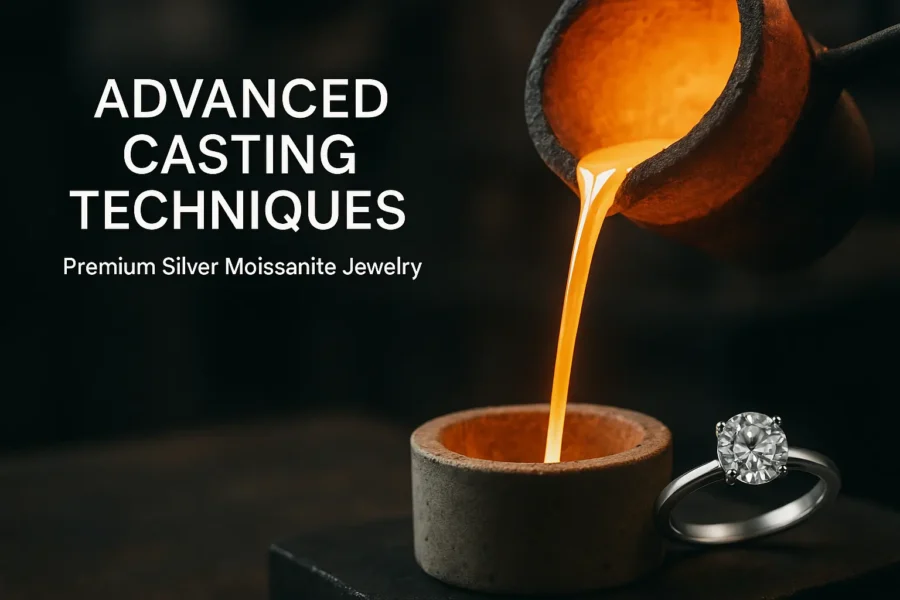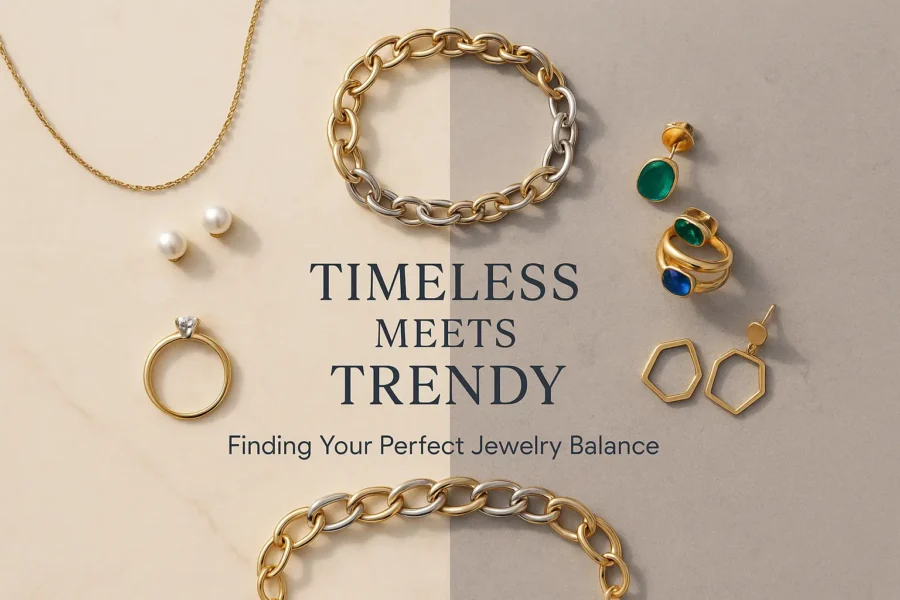All you need to know about lab-grown diamonds and cloudiness

The only difference between lab-grown diamonds and natural diamonds is their origin. Lab diamonds are made in laboratories using machines, whereas natural diamonds are formed under the earth.
However, the process of formation for both types of diamonds — lab created diamonds and naturally created diamonds — is the same. When talking about lab-grown diamonds, one query that frequently comes up is whether they can get cloudy over time.
Do lab-grown diamonds get cloudy?
Before we answer this question, let’s first understand what does the term “cloudy” refers to.
Diamonds that have inclusions could look foggy, dull, or lifeless. This refers to them being cloudy.
And now, the answer is that the best lab-created diamonds do not get cloudy, essentially, if you buy good-quality lab diamonds. Lab diamonds that have high clarity, have a good color (from D to I), and display high quality cuts, ranging from excellent to good, the diamonds do not get cloudy.
Why do diamonds look cloudy?
-
One of the main reasons diamonds look cloudy is because of their clarity issues. If the clarity grades of diamonds are low, there are higher chances of them having or developing inclusions. Hence, if there is an inclusion, it is best to avoid buying that diamond.
-
Another reason diamonds could look cloudy is if there are inclusions that are so tiny that they can’t be seen — by the naked eye or via equipment. Such diamonds will definitely start looking cloudy.
-
There’s one reason diamonds look cloudy, and it has nothing to do with the diamond quality. It is the way people handle or care for diamonds. If the diamonds are not kept clean or stored properly, they could gather dust, dirt, and oils on the surface and start looking cloudy.
Why do lab-grown diamonds not get cloudy?
Lab-created diamonds do not lose their sparkle as they are made with the same process and chemical and physical properties through which natural diamonds are made. Lab diamonds are made through a process called HPHT (High Pressure, High Temperature) or CVD (Chemical Vapor Deposition). Lab-grown diamonds have all the qualities that keep them from getting faded or cloudy with age. Lab diamonds are built to last and shine bright.
Tips to ensure your lab-grown diamonds does not become cloudy
1. Ask for the diamond certificate
Before you buy a man-made diamond, it is advisable to ask for certifications for the diamond. The majority of lab-grown diamond manufacturers provide a certificate and a comprehensive grading report. This document typically includes details about the stone’s classification, 4Cs, and other characteristics, including its origin. Institutions such as the Gemological Institute of America (GIA) and the International Gemological Institute (IGI) are renowned for their expertise in grading and certification, therefore making them reliable resources that consumers can trust.
2. Take good care of your lab-created diamonds
Maintaining the quality and brilliance of your lab diamond is all about taking care of it. It is important to periodically clean and polish your diamond to ensure its long-lasting sparkle. Additionally, the way you store your diamonds plays a crucial role in their preservation. Avoid storing diamonds with other jewelry pieces to avoid scratches and damage to the surface. Keep diamonds wrapped in a soft cloth and keep them in cases.
3. Assess diamond quality before purchasing
One of the most important practices to follow when selecting lab-grown diamonds is to assess the diamond’s grading parameters. For example, if you want a diamond that does not have any cloudiness, you must ensure you buy diamonds in the color range of D to I; their cut should be excellent to good; and their clarity should be flawless to VS1.
FAQs
Does fluorescence affect a diamond’s cloudiness?
About 30% of diamonds have a characteristic known as fluorescence. They glow as a result of being energized by ultraviolet and visible violet wavelengths. The intensity of this fluorescence, which is almost invariably blue, can change. Fluorescent diamonds may look cloudy under different types of lights.
Does cloudiness impact diamond value?
A diamond’s value is considerably impacted by its cloudiness, which makes it less expensive than diamonds of equivalent size and quality but far less desired due to its unappealing appearance, whether it is a synthetic, lab-grown diamond or natural diamond. One kind of inclusion that can appear in diamonds during their natural formation is a cloud.
Can one assess lab-grown diamond cloudiness with the naked eye?
A diamond’s cloudiness may or may not be visible with the naked eye. Laboratory certificates do not expressly mention whether a specific diamond might be cloudy.






